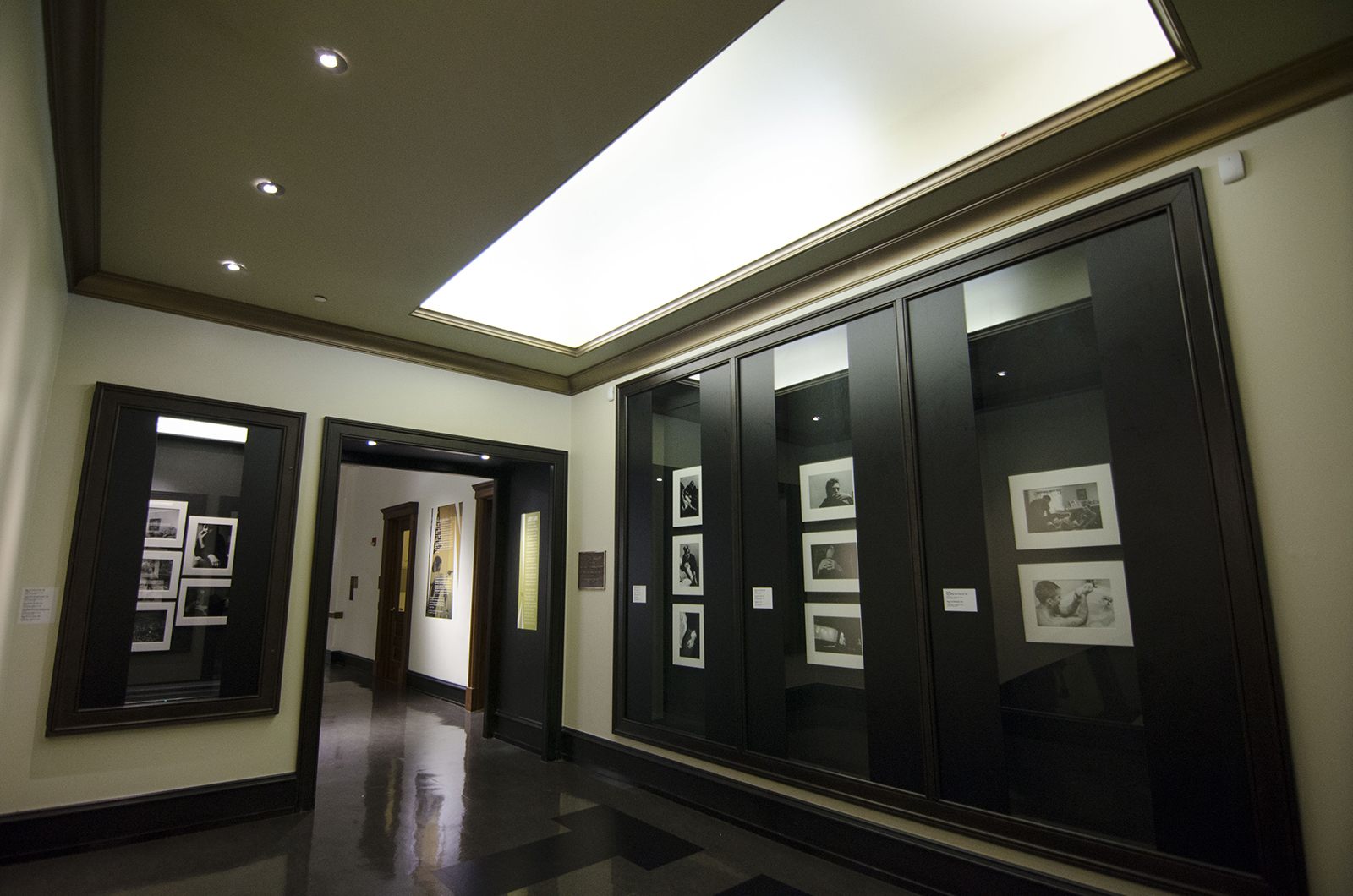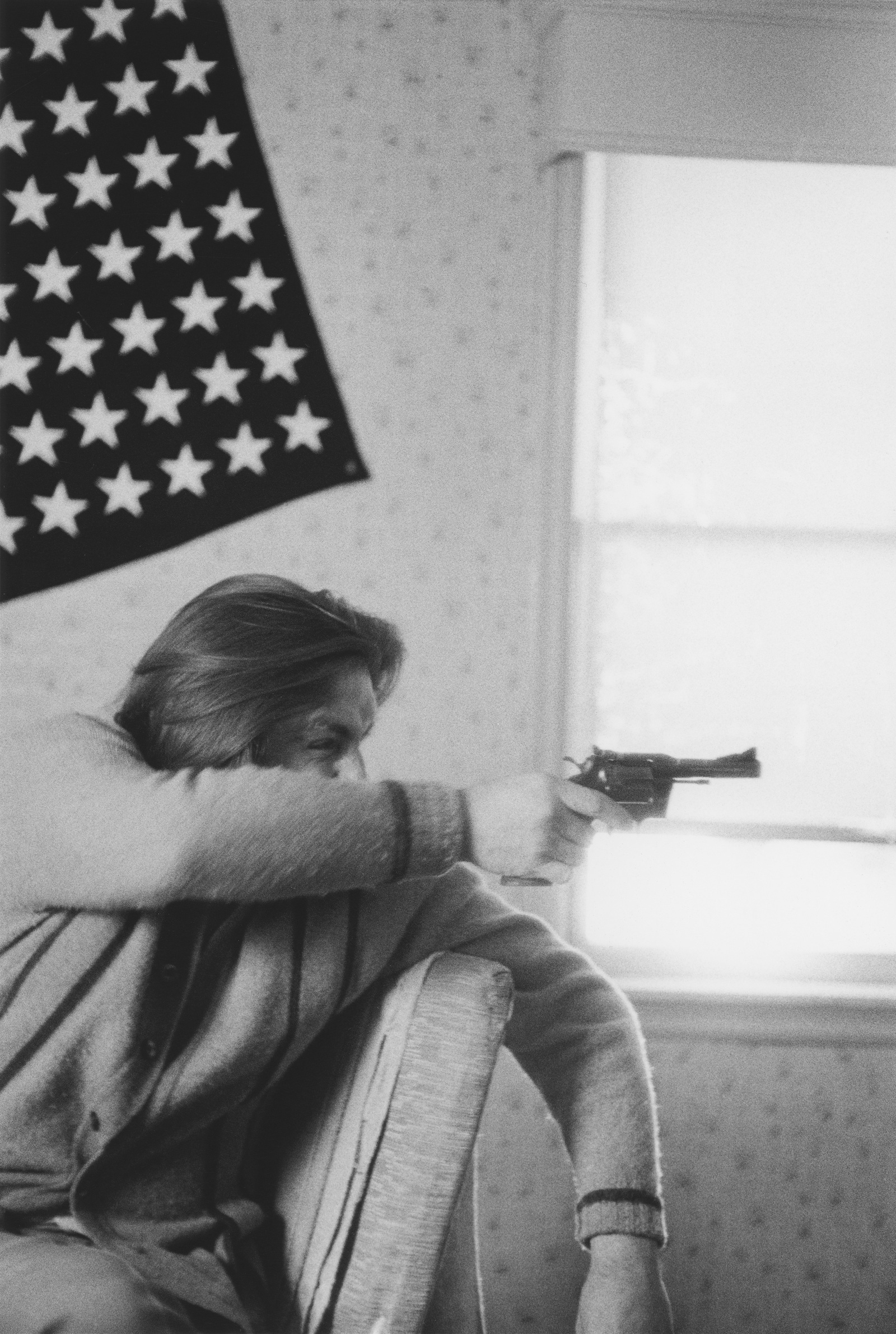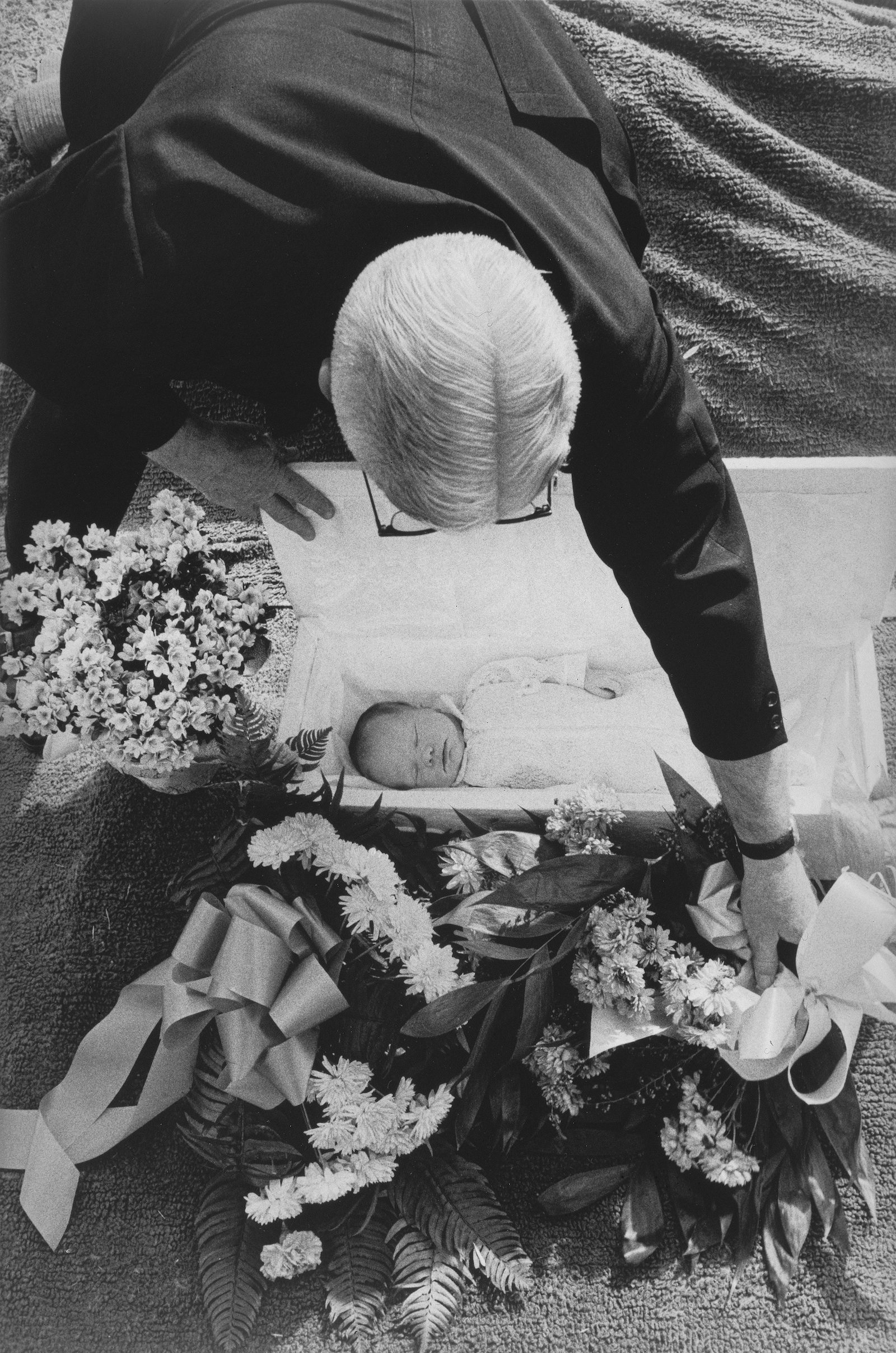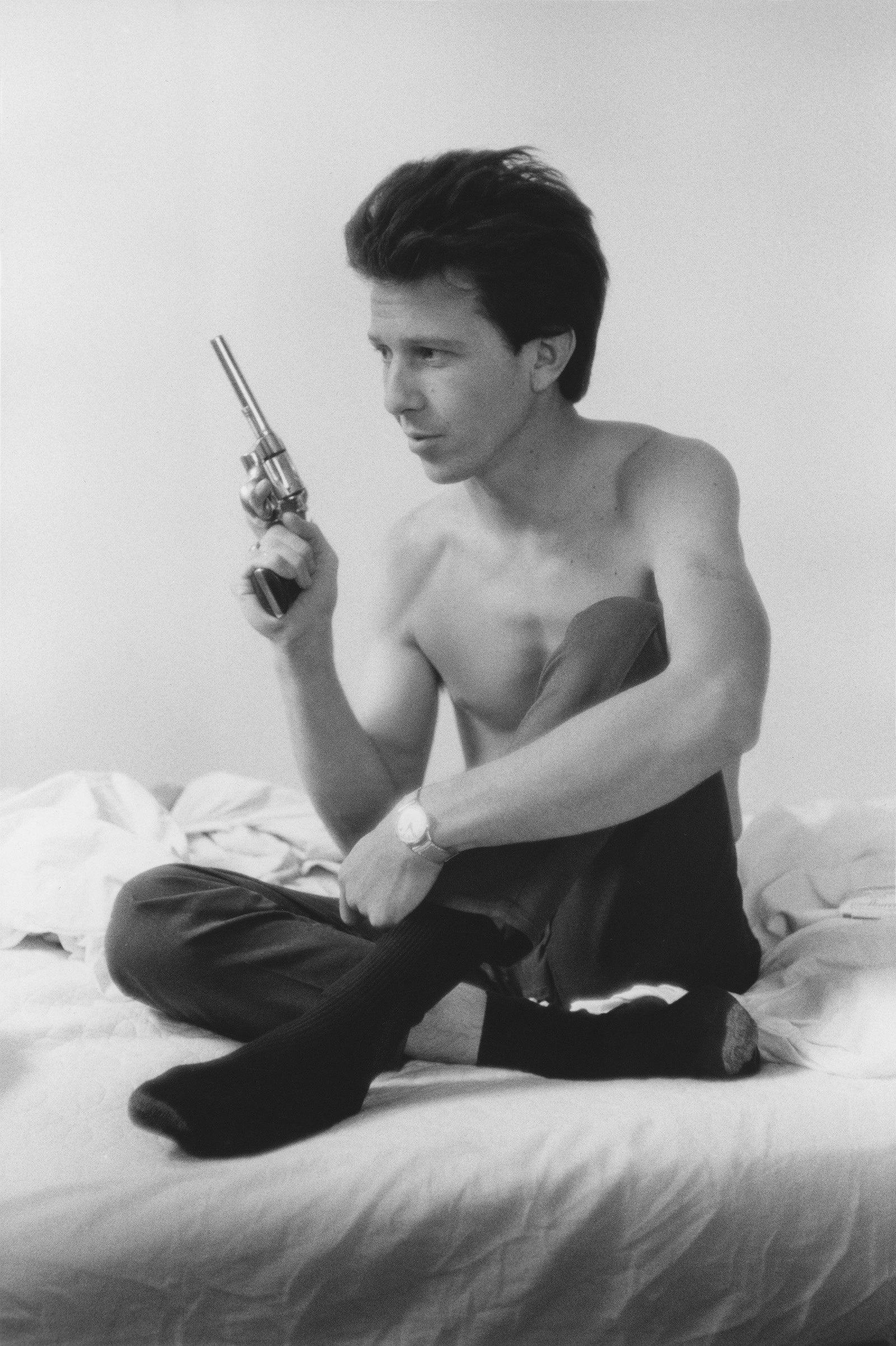When I first saw Larry Clark’s movie, “Kids” (1995), like many people, I was shocked. Perhaps I was shocked that a relatively mainstream film (it did get an NC-17 rating) portrayed teenagers in New York indulging in sex, drugs, and alcohol amid the AIDS epidemic and 1990s rave crave. Since then, I have seen several other Clark films—“Bully” and “Ken Park”—that share themes similar to those explored in “Kids”. While all of these fictional film narratives left an unsettling taste in my mouth afterward, the films undoubtedly kept me thinking long after the credits ended.
Shoot what you know

I stumbled across the exhibition Awareness: Larry Clark’s Tulsa Series by accident. One of the local papers included an advertisement for the show, on view now in the Rincliffe Gallery on the third floor of the superb Main Building at Drexel University. To my surprise, I was not aware of Clark’s photographs. In fact, Clark was a noted and equally controversial photographer before he was a filmmaker.

Clark’s photo book, Tulsa, was published in 1971. Between 1963 to 1971, Clark photographed his friends and their drug use in suburban Tulsa, OK, where he grew up. The book caused quite the stir upon its initial release. The frank portrayals of adolescents shooting up heroin, holding guns, some shown nude, established Clark as a preeminent figure in documentary photography. The honest, yet daring style of photography, coupled with the knowledge that the photographer also participated in the group’s activities, adds an immediacy to the images. Intimate and well-executed, the photos reveal the darker side of teenage life, and echo the work of Nan Goldin and Mary Ellen Mark, also noted for intimate depictions of people on the fringes of society.
Surprising find at Drexel

But why show these photographs now in 2015, and why at Drexel? According to Lynn Clouser, assistant director of the Drexel Collection, the show accomplishes two points. First, while the photos are over 40 years old, they certainly are not dated. The photos maintain their relevance to present-day teenage angst, and showing them now introduces them to a new generation of students who are mostly not familiar with this work. Moreover, the exhibit introduces this fine photography to the public as part of the Drexel University Collection, which is primarily known for decorative arts.
The Rincliffe Gallery opened in 1978 and is free and open to the public. Originally, the gallery showed decorative arts. However, the collection also contains approximately 6,000 paintings and photographs from the 19th and 20th centuries, including a large holding of portraits by artist Francis Martin Drexel, father of Anthony Joseph Drexel, the founder of the university. The gallery shows two to three rotating exhibitions per year. Clouser hopes to show more of the collection’s hallmark items beyond Rincliffe’s restricted gallery space—an open hallway tucked in a corner that leads to a staircase at the other end.
The visitor will notice that each display case is framed in black vinyl, which acts as a cool neutral space between some of the more graphic images. For anyone passing through, the small-scale prints are not confrontational. At the same time, though, the vinyl allows the visitor to come closer for an intimate view of these charged works. This invitation to enter the world of adolescents may seem foreign, and even uncomfortable, for many.
Instead of passing judgment on Clark’s choice of subjects or the actual subjects themselves, we should consider the factors that may have influenced these teens, such as an unstable home life, and a lack of mentors or good teachers. Clark captures the raw brutality of adolescence: a period filled with unnerving, mixed emotions and the search for self in a chaotic world of expectations, fantasy, and reality. As in 1971 Tulsa, peer pressure and curiosity play a role in the decisions our teenagers face today.

Larry Clark’s Tulsa is as shocking today as it was over 40 years ago. But beyond the shock, what Clark’s work offers is the opportunity to think about the underlying social issues at play—the media’s glorification of violence and sex; runaways, the easy availability of drugs; the breakdown of the nuclear family, and the effect this has on pre-teens and teens. How society raises its children is beyond the scope of this review. But it is worth seeing this show to stir up thoughts about the issue.
Awareness: Larry Clark’s Tulsa Series is on display through November 13, 2015. Rincliffe Gallery, Main Building, Drexel University, 3141 Chestnut Street, is free and open to the public Monday through Friday from 8 am to 8:30 pm.









